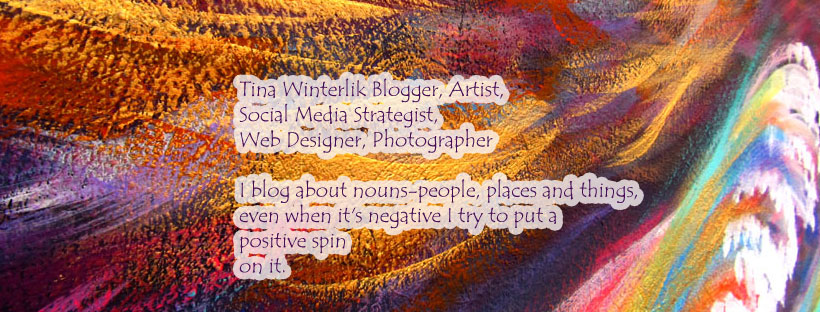This morning, I heard something that hit me in a way I wasn’t expecting. It wasn’t exactly a shocking revelation, but it was a reminder of just how real and pervasive the issue of human trafficking and missing people is in our community.
A story from an Australian source shared by Vancouver Rape Relief painted a stark picture of older women in abusive situations being at increased risk of violence.
Unfortunately, the threat isn’t just restricted to one demographic. It can happen to anyone—young women, men, and even children. And it’s not just happening elsewhere; it’s happening right here in our own backyard.
Across Vancouver, Vancouver Island, and even the quieter corners of BC, there are growing concerns. Over the years, I’ve heard rumors circulating among families on social media about creepy vans, people following others, and unsettling stories of what’s happening around BC Ferries, Squamish, and Vancouver Island.
Families have shared stories of loved ones being followed, of vans lurking, and of missing people whose whereabouts seem to remain a mystery. It’s strange how often these stories are dismissed by authorities or not taken as seriously as they should be.
What’s even more concerning is the silence of local law enforcement on some of these cases. The fact that these rumors go unaddressed only deepens the fears and uncertainties surrounding these disappearances.
On Facebook and other platforms, people are talking, but nothing seems to change. It feels as though we’re stuck in a cycle of disillusionment, and people start to wonder if anyone is listening at all.
The problem is that this isn’t just a “rumor.” This is a pattern, one that seems to be repeating itself in different places across our region. According to recent statistics, women, men, and children continue to go missing at alarming rates, often with little follow-up from authorities.
Here are some numbers that paint a bleak picture of the issue:
-
Over 200 women in Australia were allegedly killed in family violence-related homicides in the past decade, as reported by The Guardian, with many of those women at risk from abusive partners or even their children.
-
In Canada, there has been a noticeable uptick in missing persons cases. In 2020, over 3,000 people were reported missing in BC alone, many of them young women or vulnerable individuals.
-
Human trafficking is on the rise: Over 1,000 cases of human trafficking have been reported to Canadian law enforcement, but experts believe the number could be far higher due to underreporting.
The truth is that these statistics reflect only part of the problem. While numbers can sometimes numb the situation, the personal stories behind these numbers are heart-wrenching, especially when we think of the lives that go missing and the families who are left in the dark, with no one to listen.
What Can Be Done?
Education is key. We need to ensure that schools and institutions—particularly high schools—are part of the solution. Every single high school should have assemblies, workshops, or even ongoing counseling sessions to raise awareness about human trafficking and the risk of exploitation.
It should be mandatory that every student has access to information on the signs of trafficking and how to report suspicious activity.
Additionally, schools should make it a priority to share resources with students and families, ensuring that they know exactly where to turn for help. After all, many of these incidents are prevented when communities are aware and prepared to act.
Here’s what can be done:
- Mandatory Education: High schools should have yearly assemblies and classes dedicated to teaching students about human trafficking, its signs, and how to report it.
- Counselor Resources: School counselors should be trained to identify at-risk students and provide resources on where to go for help.
- Family Awareness: Parents need to be informed about these dangers too. Schools should offer informational sessions or resources that help families understand how to protect their children from becoming targets.
Helpful Apps & Resources:
If you or someone you know is concerned or suspects someone is being trafficked or exploited, there are resources available:
- Polaris Project Hotline: Text “BeFree” to 233733 for support in the U.S. and Canada.
- TraffickCam (Global): This app helps law enforcement identify trafficking victims through photos of hotel rooms. Download it to help with investigations.
- iThenticate (Canada): Report suspected trafficking directly through this app.
- Canadian Human Trafficking Hotline: Call 1-833-900-1010 for anonymous assistance or to report trafficking.
- Fight Trafficking (Canada): A national resource for reporting suspected human trafficking.
A Call to Action
If we don’t start addressing these issues with urgency and compassion, more lives will be affected. Whether you’re a parent, a teacher, or simply someone who cares about the safety of others, it’s time to raise our voices. We need to protect those who are vulnerable, educate the next generation, and demand that those responsible for these crimes are held accountable.
We must demand action—not just from the police, but from our schools, from our leaders, and from each other. Together, we can create a safer world for everyone.
Let’s start the conversation. Share this post, talk to your friends and family, and make sure our schools and communities are doing everything they can to protect the vulnerable among us.
What are your thoughts on how we can better protect our community from human trafficking and exploitation?
!

No comments:
Post a Comment